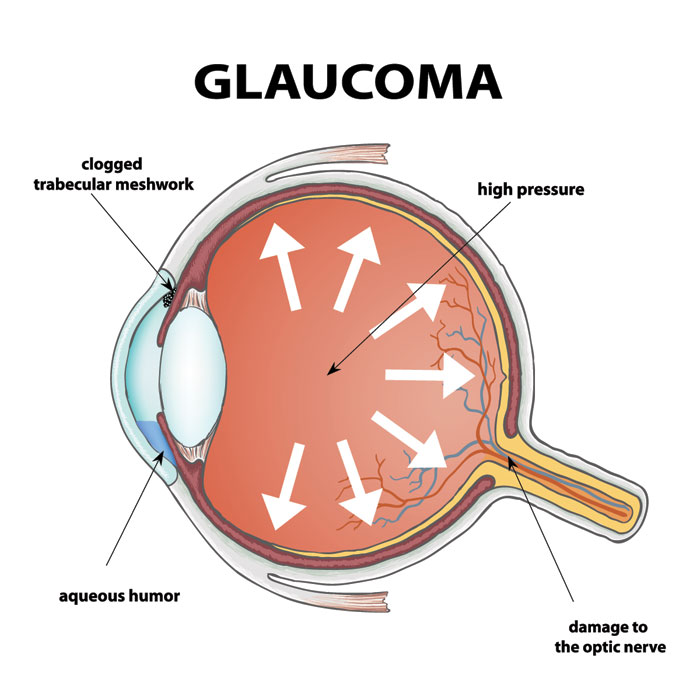Glaucoma Insurance Coverage: What You Need to Know in 2025
Glaucoma is a lifelong condition that requires consistent care.
From checkups to surgery, costs can quickly add up.
That’s why understanding your insurance coverage matters.
It helps you plan better and avoid surprise bills.
This guide breaks down what you should know in 2025.
Why Insurance Matters for Glaucoma
-
Eye drops are often prescribed for daily use.
-
Laser or surgical treatments may be needed over time.
-
Regular eye exams are required to monitor your vision.
Without coverage, these can drain your budget.
Insurance helps reduce the financial stress while ensuring you stay on track with treatment.
Types of Glaucoma Treatments Covered by Insurance
Not all plans are the same.
Coverage depends on your policy and where you are based.
Here’s a breakdown of the most common inclusions:
1. Diagnostic Tests
-
Visual field testing
-
Optical coherence tomography (OCT)
-
Eye pressure checks
Most insurance policies cover these since they are necessary for diagnosis and monitoring.
2. Prescription Medications
Eye drops are usually covered under the pharmacy benefit.
Coverage may vary depending on whether the drug is branded or generic.
Tip: Ask your doctor for generics when available. They’re often cheaper and more likely to be fully covered.
3. Laser Therapy
-
Selective Laser Trabeculoplasty (SLT)
-
Argon Laser Trabeculoplasty (ALT)
Insurance often covers laser treatments if medications are not enough.
4. Surgical Procedures
-
Trabeculectomy
-
Tube shunt surgery
-
Minimally invasive glaucoma surgery (MIGS)

Most major surgeries are covered, but coverage levels differ. Some may require prior authorization.
Out-of-Pocket Costs to Expect
Even with insurance, you will have some expenses.
These include:
-
Copayments for consultations
-
Deductibles before insurance kicks in
-
Coinsurance (a percentage of treatment costs)
-
Non-covered services such as premium lens implants
Always ask your provider for an estimate before any major procedure.
Government Programs and Public Coverage
If you live in the Philippines or other countries with public health support, check government programs:
-
PhilHealth covers part of glaucoma procedures.
-
Senior citizen benefits may lower medication costs.
-
Local government clinics may offer free eye exams.
Combine these with private insurance for better coverage.
How to Check Your Insurance Policy
Many patients assume treatments are covered, only to be surprised later.
Here’s how to check properly:
-
Call your insurance provider – Ask about specific glaucoma treatments.
-
Get it in writing – Request a copy of coverage details.
-
Ask about referrals – Some plans require you to see a network ophthalmologist.
-
Confirm medication coverage – List down your prescribed drugs and confirm coverage.
Questions to Ask Your Insurance Provider
-
Does my plan cover glaucoma diagnostic tests every year?
-
Are prescription eye drops fully or partially covered?
-
Is laser therapy considered outpatient surgery?
-
Do I need pre-approval for trabeculectomy or MIGS?
-
What is the copayment for each specialist visit?
Asking these questions upfront helps you avoid financial stress.
Private vs Public Insurance for Glaucoma
Private Insurance
-
Offers wider coverage
-
Faster access to treatments
-
More choice of doctors and hospitals
Public Insurance
-
Lower or no monthly premium
-
Basic coverage for major procedures
-
Limited hospital or doctor options

Tips to Lower Your Glaucoma Costs
-
Stick to your treatment plan to avoid more expensive procedures later.
-
Request generic eye drops whenever possible.
-
Schedule checkups in government-accredited clinics.
-
Use health cards or discount programs for medications.
-
Compare hospitals—costs can differ even for the same surgery.
Why Reviewing Coverage Every Year Matters
Insurance policies change annually.
A treatment covered last year may no longer be covered this year.
-
Review your benefits every renewal.
-
Compare with other providers if your plan no longer meets your needs.
-
Look for plans that specifically mention chronic eye conditions.
Final Thoughts
Glaucoma treatment is a lifelong journey.
Having the right insurance coverage gives you peace of mind.
It allows you to focus on protecting your vision instead of worrying about bills.
Take time to review your options in 2025.
Ask the right questions.
Choose the coverage that fits your needs and budget.
Your eyesight is worth the effort.




